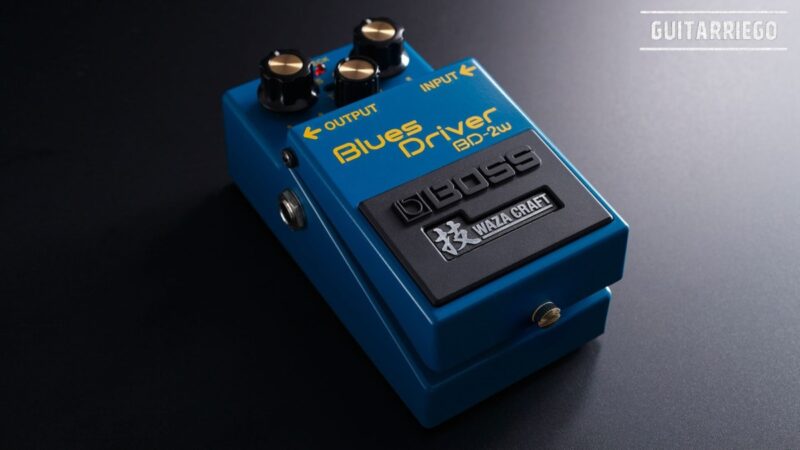Parts of the Ukulele: importance and functions
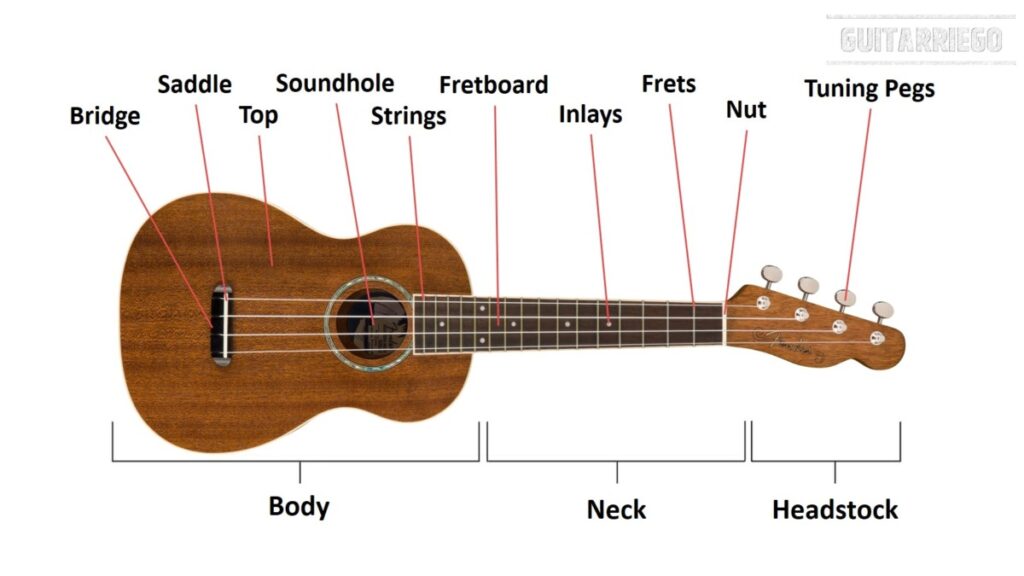
The parts of the Ukulele: description, importance, function and advice on each one to understand the operation of your musical instrument.
Importance of ukulele parts
A beloved instrument known for its upbeat and welcoming sound, the ukulele has won the hearts of musicians and enthusiasts around the world. Its compact size and upbeat tunes make it a popular choice for beginners and experienced musicians alike. To fully embrace the allure of this little gem, one must understand its anatomy and how each part contributes to its magical harmonies. In this comprehensive article, we delve into the various components of the ukulele, discovering their meaning and unlocking their true playing potential.
We recommend that you visit our selection of the easiest popular songs to learn to play on Ukulele for beginners.
Main parts of the ukulele
The ukulele comes in many different shapes and sizes, each with its own unique characteristics. However, in essence, the ukulele consists of three main parts:
- Body
- Neck
- Headstock
Ukulele body
The body, the largest part of the ukulele, amplifies the sound of the vibrating strings. It is made from tonewoods such as mahogany, spruce, or koa, each contributing to the ukulele’s unique sound. The top of the body, known as the soundboard, plays a crucial role in projecting the ukulele’s melodious tones.
Ukulele neck
The neck connects the headstock to the body of the ukulele and is usually made of wood. It is where the non-playing hand finds its grip and forms chords and notes with the fingers. The fingerboard, a smooth surface made of wood, sits on the neck, allowing players to press it to produce different notes and chords.
Ukulele headstock
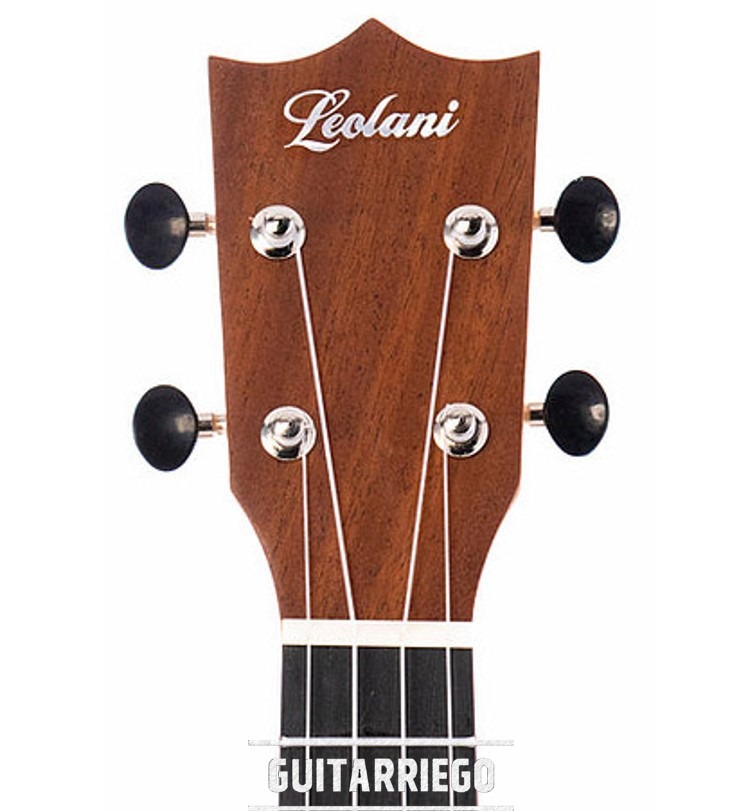
At the end of the ukulele you will find the headstock usually made of wood. This crucial component houses the tuning pegs. The robustness of the headstock is essential to withstand the tension of the strings and maintain accurate tuning.
Also, you might be interested in this review on the best cheap ukuleles for students.
Ukulele body parts
Top, sides and back of the body of the ukelele
The body of the ukulele is made up of the top, sides and back.
Ukulele body top
The top is the upper part where the bridge and soundhole of the ukulele are located. This is the most important part of the ukulele when it comes to acoustics, since it is the one that most influences the amplification and tone of the musical instrument.
Ukulele body sides
The sides of the ukulele body are usually two pieces of wood that are attached at both ends of the body, one at the junction of the body with the neck and the other at the other end of the body.
Ukulele body back
The back of the ukulele body has less importance in the resonance of the instrument with respect to the top, but greater with respect to the sides.

Also, we recommend that you visit our tutorial on how to read sheet music, learn to read ukulele music.
Materials used for the top, sides and back of the ukulele body
Typically, the top, sides, and back of the ukulele soundboard are made of solid wood, laminated wood, or plastic. This will be according to the quality of the instrument. When the instrument is of the highest quality, it has solid woods; medium-low cost instruments usually have laminated wood. Finally, the cheapest or children’s ukuleles are made of plastic.
Quality of the ukuleles and body components: solid wood, laminated or plastic.
Normally cheap ukuleles but of a certain minimum quality are made of laminated wood. The next step in quality, are musical instruments that have a top made of solid wood and sides and back of laminated wood. At a next level of quality, ukuleles are made with a solid wood top and back, and laminated wood sides. Finally, the highest quality option are ukuleles with the whole body, that is, top, sides and back made of solid wood.
However, it must be noted that if the solid wood top of a ukulele is not of good quality, it is very likely that it does not have any of the benefits that it is supposed to give: more volume, resonance and harmonic richness. This is due to the quality of the wood, processing and thickness.
On the other hand, laminated woods in musical instruments also have their advantages. They are more resistant to temperature changes and blows. This way they are less likely to warp or crack, allowing you to take your ukulele camping without worrying about exposure to heat, cold or humidity.
If you want to know more about acoustic instruments, we recommend this excellent note on solid wood vs. laminate in acoustic guitars, which is also valid for ukuleles.
Ukulele body soundhole
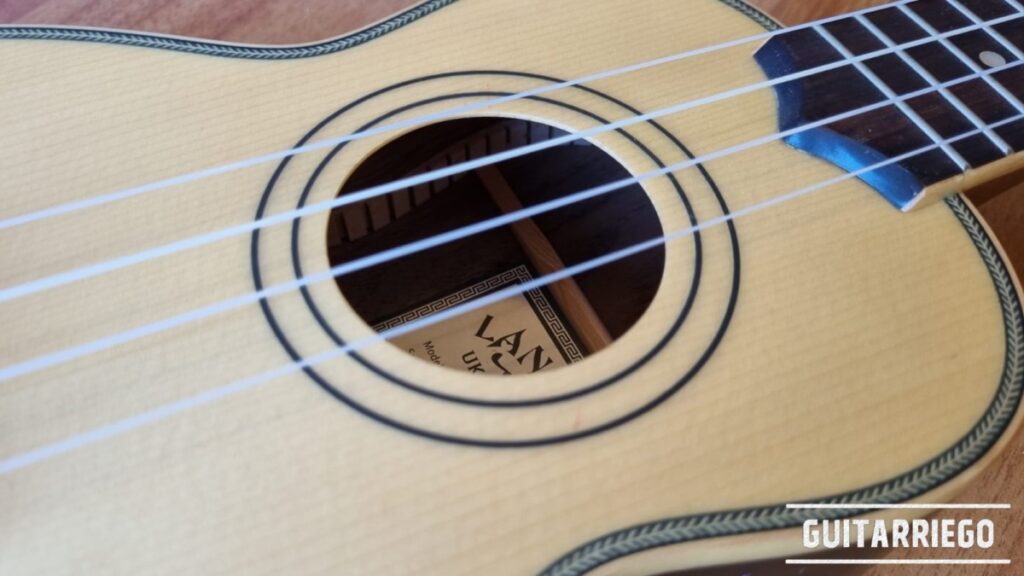
The soundhole of the ukulele is the round hole on the top of the musical instrument. This has the function of allowing air to circulate through the interior of the sound box, so that the top, sides and back vibrate and resonate to amplify the instrument.
Contrary to what is believed, what produces the amplification of the acoustic musical instrument is not the soundhole of the body, but the vibration of the wood of the soundboard, especially the top. However, it is necessary to clarify that the soundhole of the ukulele body allows the amplification made by the back to be focused forwards and, to a lesser extent, the sides of the ukulele body.
Ukulele bridge and saddle
The ukulele bridge is located on the top of the instrument. The bridges are usually made of wood on instruments with a minimum quality or plastic on low-cost ukuleles. This has the function of holding the strings to the other end of the headstock.
The saddle of a ukulele is located on the bridge. The saddles are parts made of bone, plastic, or other synthetic material. These performs a similar function to the nut at the opposite end, as it supports the strings and ensures their correct height.

We strongly recommend that when you practice with our free online metronome.
Ukulele neck parts
Ukulele nut
The nut is a piece, usually made of bone or plastic, located at the junction of the neck and the headstock of the ukulele, where the strings rest. The ukulele nut keeps the strings spaced correctly and raises them slightly above the fretboard. It ensures that the strings stay in place and should allow the strings to run smoothly through it so as not to affect the tuning of the ukulele.
If the strings don’t run well through the nut of a ukulele, you can wipe down some graphite to lubricate the nut slots, or sand them down with a light sandpaper.
Many beginning players confuse nut problems with ukulele tuning machine failure. Therefore, before changing the tuning machines of a ukulele, check that the strings run correctly through the slots of the nut.
Ukulele fingerboard or fretboard
The fretboard or fingerboard of a musical instrument is the surface on which the strings are plucked to produce different notes and chords. The ukulele fingerboard is located at the top of the neck and where the frets are located, which is why it is also known as the fretboard.
Normally, the fingerboard of a ukulele is made of wood. But in very low-cost ukuleles, the fretboard can be made of plastic, which over time tends to deform and wear off the neck.

Perhaps you are interested in a wall mount to hang your ukulele.
Ukulele frets
The frets of a ukulele are the thin, parallel bars of metal embedded in the fingerboard. The frets of a musical instrument mark specific intervals along the neck. These frets dictate the pitch of the notes produced when the strings are pressed against them.
The frets can have different sizes and shapes, and their correct finish is essential for the playability and comfort of a ukulele. Therefore, when you try a ukulele, inspect and test that the frets are well set and finished.
Ukulele fret markers (Inlays)
The ukulele’s fret markers, often inlaid as white dots on the fingerboard, serve as reference points for players to easily find specific notes. They are particularly useful when moving up and down the fretboard to change chords or play melodies.
Check out our tutorial on ukulele chords for beginners.
Ukulele headstock parts
Ukulele tuning pegs or machines

As we have already seen above, the tuning pegs are located on the headstock of the ukulele. These allow us to tune the instrument by adjusting the tension and pitch of the strings: tightening or loosening them. They come in two main types: friction tuners and geared tuners.
Friction tuners rest behind the headstock, they were the first used on early ukuleles. They are simpler and more difficult to handle. Instead, the geared tuners, located on the sides of the headstock, feature a geared mechanism that is easier to adjust, and allows better tuning stability.
When you buy a cheap ukulele you should pay special attention to the tuners. This component of the ukulele in low-end instruments are usually of very poor quality and do not keep tuning well. Therefore, if you don’t want to buy a ukulele that you have to constantly tune because it goes out of tune quickly, or have to spend money on new tuners, check these well before buying a low-cost ukulele.
We suggest you use our free online Ukulele tuner with all the tunings to keep your musical instrument in tune.
Other parts of the Ukulele
Ukulele strings
Ukulele strings, usually made of nylon, although they were originally made from animal gut. The strings on a ukulele run from the tuning pegs to the bridge. The standard tuning for most ukuleles is G4-C4-E4-A4, with the C -third- string being the lowest pitched note, contrary to the pitch order on most stringed instruments. This is called reentrant tuning, which differs from linear tuning in that it does not go from higher to lower pitch.
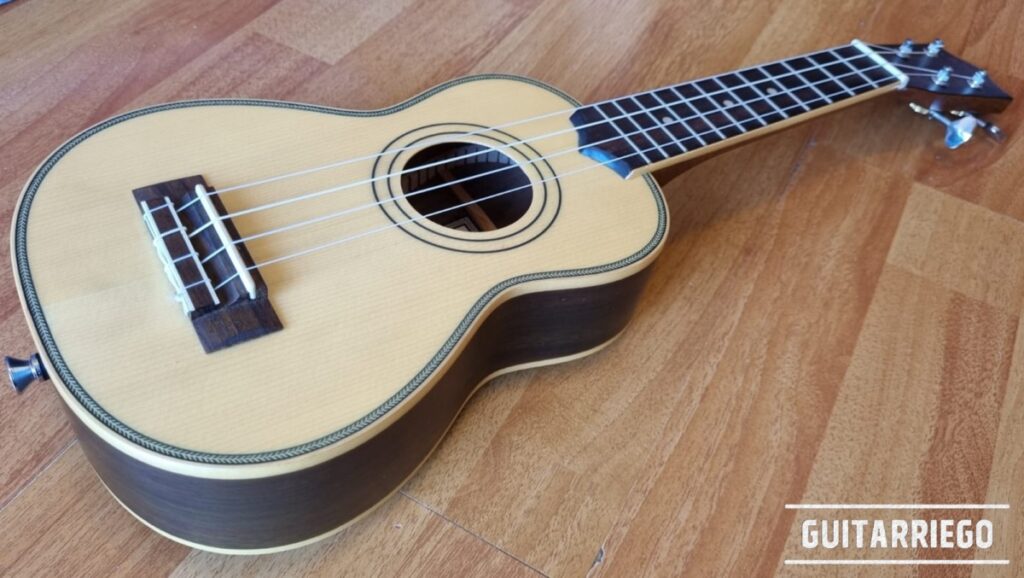
In some cases the strings, especially on baritone or tenor type ukuleles, may also include metal strings to achieve a fuller tone.
Cheaper ukuleles tend to come with low-quality generic strings. Consider this when buying your entry level ukulele. Perhaps for a minimal difference in money you will be able to access ukuleles with Aquila strings of Italian origin that have excellent quality. These retail for around $10-12. Aquila ukulele strings sound great and hold in tune much better than generic strings.
Final Thoughts on Ukulele Parts
Playing the ukulele is a joyous and easy experience, especially for beginners. With its compact size and easy-to-learn chords, it invites musicians to explore melodies and create their musical journeys. As you delve into the world of the ukulele, you’ll discover how its various components contribute to its delicious sound. From the headstock to the bridge, each part plays a vital role in producing the harmonious symphony that captures hearts and sparks creativity.
So whether you’re a seasoned ukulele enthusiast or a curious beginner, understanding the anatomy of the ukulele and its harmonious coming together will deepen your appreciation for this captivating musical instrument. Let its melodious charm inspire you on your musical adventure and discover the joy of creating beautiful melodies with the enchanting components of the ukulele.
Also, you might be interested in our selection of the best cheap acoustic guitars for beginners.






